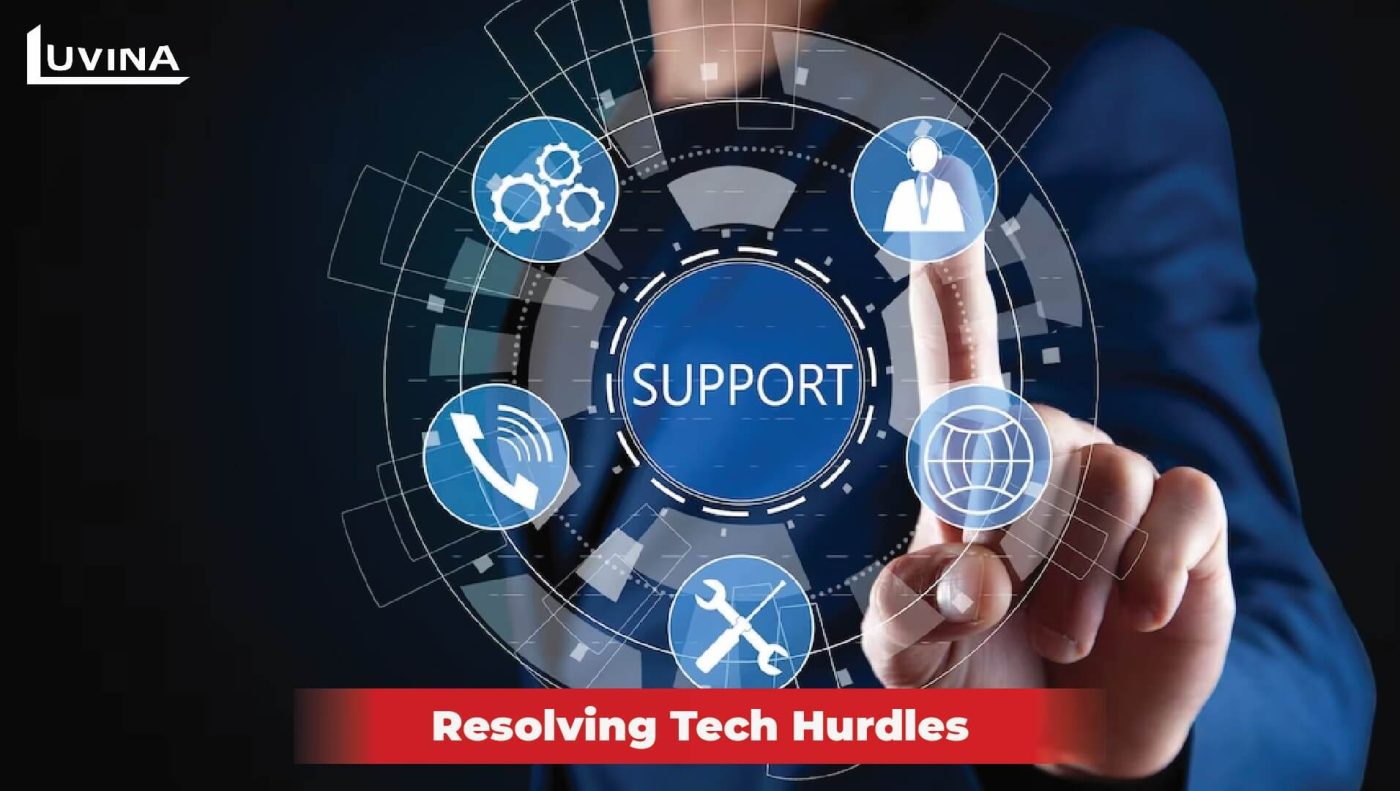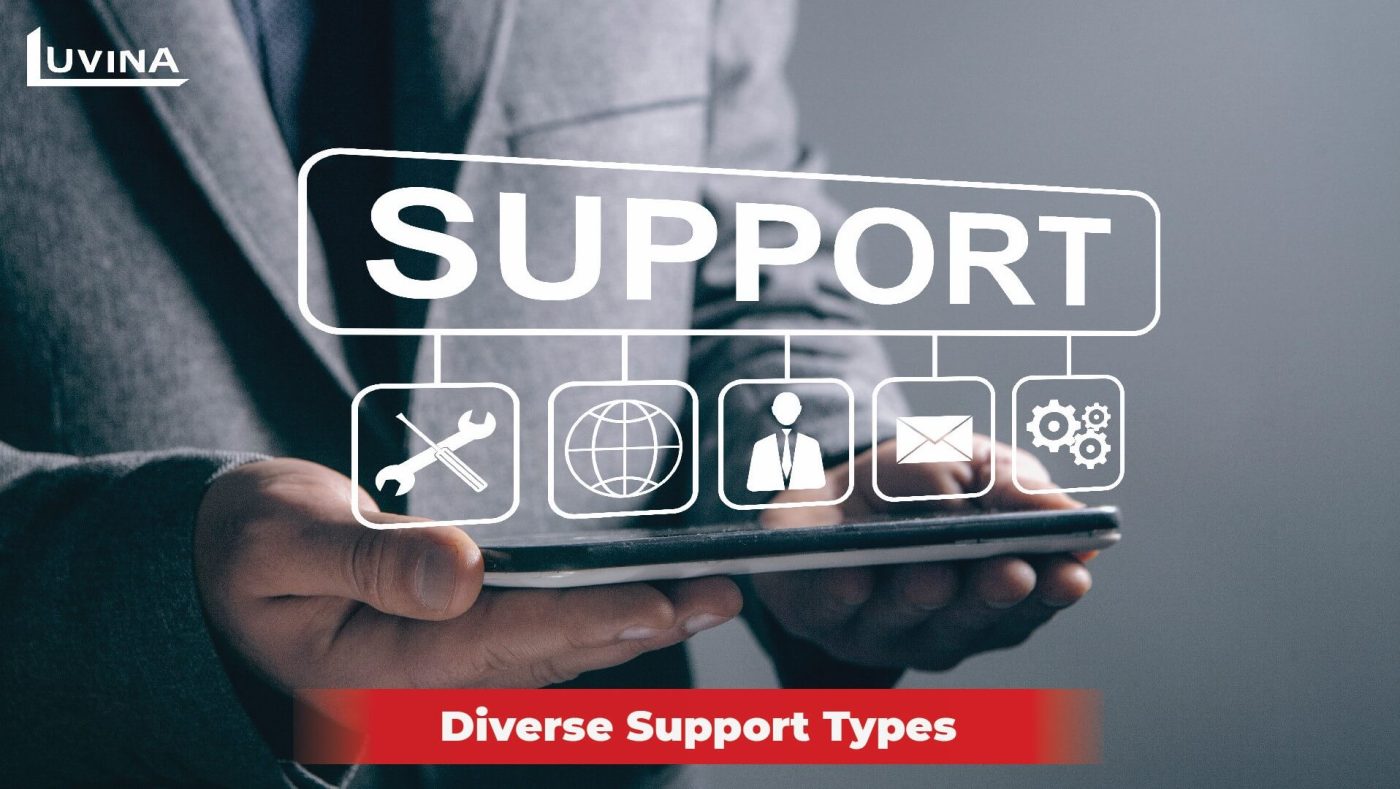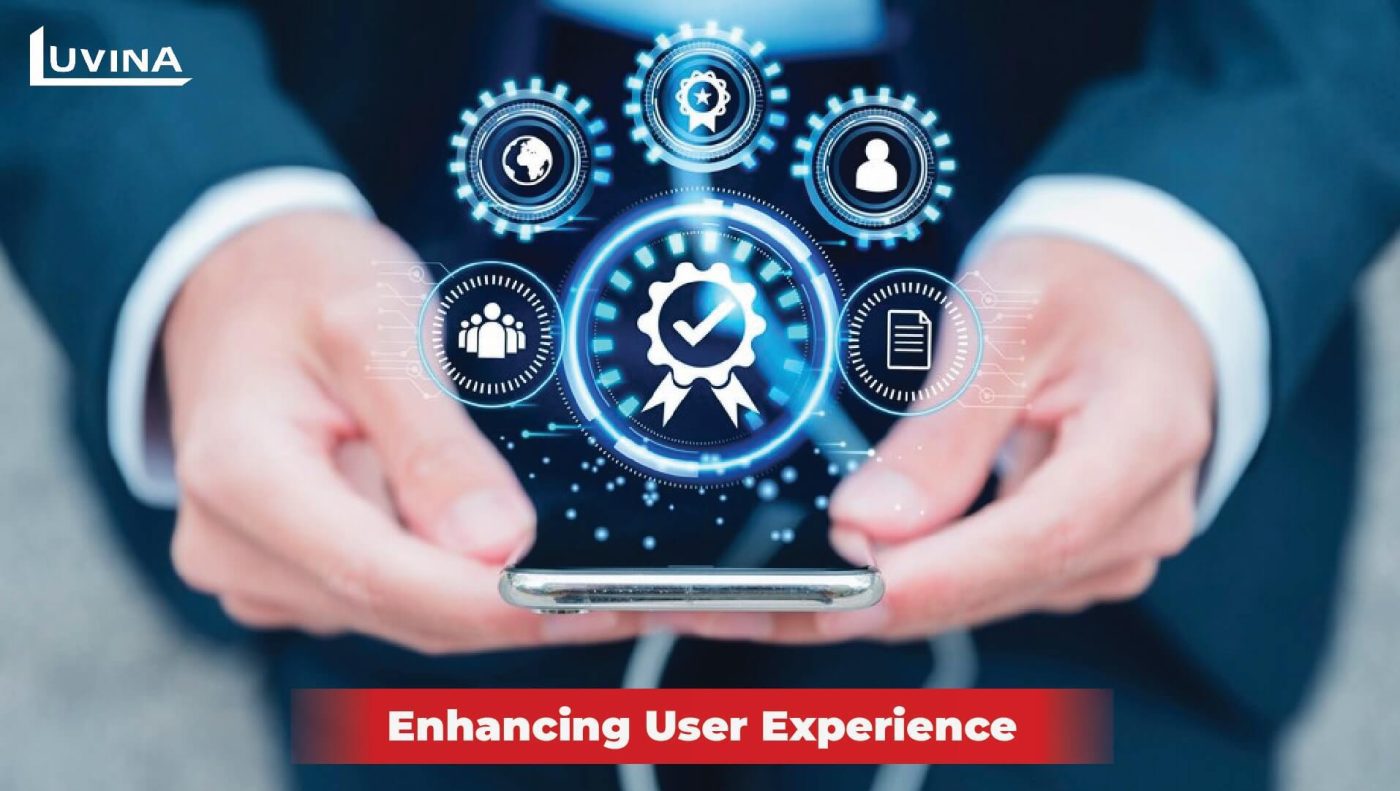In today’s tech-driven world, encountering hiccups or uncertainties while navigating technology is common. That’s where technical support services step in as your reliable guide. These services act as a helping hand for users facing technical issues or seeking advice to optimize their tech experiences. From troubleshooting problems to offering expert guidance, technical support services ensure a smooth user journey, making the digital landscape accessible, functional, and user-friendly. This guide dives into the world of technical support services, exploring how they operate, solve problems, and significantly impact user interactions in our ever-evolving technological realm.

Key Components of Technical Support Services
Key Components of Technical Support Services encapsulate a range of crucial elements designed to provide comprehensive assistance and resolve technical issues faced by users. This segment delves into the fundamental pillars of technical support, covering various aspects such as help desk operations, troubleshooting methodologies, remote assistance tools, knowledge management systems, and customer-centric approaches. These components collectively form the backbone of an efficient technical support framework, ensuring prompt resolution of problems, proactive user engagement, and seamless user experiences across diverse technological landscapes.
1. Troubleshooting
Troubleshooting within technical support services involves a systematic approach to identifying, analyzing, and rectifying technical issues or malfunctions encountered by users or customers. It begins with a meticulous examination of reported problems, often through queries or error descriptions provided by users. Skilled support personnel employ diagnostic techniques, drawing from their expertise and knowledge base to pinpoint the root cause of the issue.
This phase may encompass various methodologies, including analyzing system logs, examining error messages, conducting diagnostic tests, or employing remote access tools to investigate software or hardware malfunctions. Once the problem’s source is identified, troubleshooting proceeds with the implementation of appropriate solutions or corrective measures to resolve the issue effectively. The troubleshooting process aims not only to fix the immediate problem but also to prevent its recurrence, ensuring a smoother and more reliable user experience.
2. Guidance and Advice
Within the realm of technical support services, offering guidance and advice plays a pivotal role in assisting users or customers in navigating the complexities of products or resolving technical issues efficiently. This facet involves delivering clear and comprehensive instructions, step-by-step guidance, and insightful recommendations tailored to the user’s proficiency level. Support personnel leverage their expertise and product knowledge to elucidate complex technical concepts in an accessible manner. They provide users with detailed walkthroughs, troubleshoot issues remotely, and offer personalized advice to address specific queries or concerns. This guidance aids users in harnessing the full potential of the product, leveraging its functionalities optimally, and resolving technical challenges effectively, thereby empowering users to navigate the technology with confidence and proficiency.

3. Issue Resolution
Issue resolution forms a cornerstone of technical support services, entailing the comprehensive handling of customer queries, complaints, or concerns about diverse technological aspects. Support teams engage in meticulous diagnosis, analysis, and resolution of issues related to software functionalities, hardware malfunctions, application glitches, or service disruptions. By employing various troubleshooting methodologies and leveraging their expertise, technical support professionals strive to swiftly and effectively address user concerns. They navigate through a spectrum of issues, ranging from simple inquiries to intricate technical challenges, ensuring a prompt and satisfactory resolution. This active engagement and resolution process aims to mitigate user frustration, restore functionality, and foster a positive customer experience, ultimately ensuring the seamless operation of technological products and services.
4. Installation and Setup Assistance
Installation and setup assistance constitute pivotal aspects of technical support services, encompassing the provision of step-by-step guidance and support to users during the installation or setup of various technological components, devices, software applications, or systems. Technical support professionals offer comprehensive assistance, walking users through the intricacies of installing hardware components, configuring software settings, or setting up applications. This guidance spans from initial setup procedures to more complex configuration requirements, ensuring users navigate the installation process seamlessly. By delivering clear instructions, troubleshooting potential installation issues, and clarifying configuration steps, technical support teams aim to empower users with the necessary knowledge and resources to successfully install and set up their technological components, fostering a hassle-free and efficient user experience.
5. Updates and Maintenance
Updates and maintenance support within technical services entail aiding users in managing updates, upgrades, and essential maintenance tasks for various products or services. This assistance involves guiding users through the process of updating software, applications, or services to their latest versions, ensuring they benefit from enhanced features, improved performance, and security patches.
Moreover, technical support teams provide valuable assistance in executing system upgrades, be it software or hardware, to align with evolving technological standards or user requirements. Additionally, these professionals offer guidance on performing routine maintenance tasks to optimize the performance and longevity of products or services. Whether it’s scheduling maintenance activities or troubleshooting issues related to updates, technical support endeavors to facilitate seamless and efficient updating and maintenance processes for users.
6. Remote Support
Remote support, a pivotal aspect of technical services, involves extending assistance or troubleshooting solutions to users via various remote communication channels. These channels include phone calls, online chat platforms, emails, or remote desktop tools. Through these mediums, technical support professionals connect with users from a distance, aiding them in resolving technical issues or queries without the need for physical presence. This approach allows for quick and efficient problem-solving, offering real-time guidance, troubleshooting steps, or solutions while ensuring minimal disruptions to the users’ workflow. By leveraging remote support technologies and communication tools, technical support teams can swiftly diagnose, address, and resolve a myriad of technical issues, providing timely solutions to users irrespective of their location.

7. Documentation and Knowledge Base
Documentation and Knowledge-base services involve the creation, curation, and upkeep of comprehensive resources such as FAQs, manuals, guides, or knowledge-base articles. These resources serve as valuable repositories of information that users can access for self-help and troubleshooting purposes. By meticulously organizing and updating these materials, technical support teams empower users to resolve common issues independently. This self-service approach not only facilitates quicker issue resolution but also fosters user independence and proficiency in navigating and troubleshooting technical problems on their own. Through well-maintained documentation and knowledge bases, technical support services augment user experience by providing readily available and easily understandable resources, promoting self-reliance and efficient issue resolution.
8. Training and Education
Training and Education services within technical support encompass the provision of informative sessions, webinars, or educational resources aimed at enhancing users’ comprehension and proficiency in using specific products or services. These sessions are designed to impart comprehensive knowledge, functionalities, and best practices to users, ensuring they can maximize the benefits of the provided technology. By offering tailored training sessions or educational materials, technical support teams empower users to harness the full potential of the products or services, fostering a deeper understanding and competence. Ultimately, these educational initiatives contribute significantly to improving user proficiency and confidence, thereby enhancing overall user satisfaction and success in utilizing the offered technological solutions.
Types of Technical Support
Understanding the diverse nature of technical issues and user requirements has led to the categorization of technical support into various types, each addressing specific needs and scenarios. Exploring these distinct types of technical support services allows for a comprehensive grasp of the range of assistance available to users encountering diverse challenges. From the immediacy of live assistance to self-service options, this exploration delves into the different modalities and approaches adopted by technical support teams to effectively address users’ concerns, fostering smoother experiences and ensuring optimal functionality of products and services.

1. Tiered Support
Tiered Support is a structured approach to technical assistance, categorizing support into different tiers based on issue complexity. Tier 1 handles basic queries and quick troubleshooting, ensuring immediate assistance for straightforward issues.
Moving up to Tier 2, users with more intricate technical challenges receive nuanced assistance. This tier addresses intermediate-level troubleshooting, offering in-depth guidance and resolutions requiring a broader technical understanding.
At the highest level, Tier 3 involves specialized expertise to resolve complex and challenging technical problems. These experts possess deep, specialized knowledge to tackle issues beyond the scope of lower tiers.
This model ensures tailored assistance for diverse technical issues, efficiently addressing concerns based on their complexity.
2. 24/7 Support
24/7 Support stands as a pillar of continuous assistance, providing uninterrupted aid to resolve critical technical issues regardless of the time zone. This support system ensures that users facing urgent problems or critical glitches can access immediate assistance at any hour, day or night. By offering round-the-clock service, it guarantees timely and effective solutions, catering to users’ needs without delay, thereby upholding operational continuity and user satisfaction.
3. On-Site Support
On-site support constitutes physical assistance and intervention, where technical experts or support personnel visit the customers’ locations to provide hands-on help, guidance, installation aid, or issue resolution. This personalized form of support ensures direct engagement and direct troubleshooting assistance, enabling the resolution of complex issues that may require physical inspection or intervention. It enhances user experience by offering tailored assistance and solutions within their working environments, ensuring a seamless integration of technical services and products.
4. Specialized Support
Specialized Support is a targeted assistance system designed to cater to the unique needs of particular industries, software, hardware, or niche products. This form of support involves experts with in-depth knowledge and specialized skills, offering tailored solutions and guidance tailored to the specific requirements of a particular industry or product. These experts possess a comprehensive understanding and experience, enabling them to address intricate or industry-specific challenges that may not be covered by conventional technical support. Their expertise ensures a deeper understanding of the intricacies involved, providing users with advanced and focused resolutions to complex issues within their specialized domain.
>> See more: 5 Ways IT Help Desk Services
Importance of Technical Support Services
Technical support services play a pivotal role in various aspects, demonstrating their significance across different domains:

1. Customer Satisfaction
Timely and efficient technical support directly impacts customer satisfaction and loyalty. Providing swift solutions to users’ problems and addressing their queries promptly contributes to a positive customer experience, fostering a sense of trust and reliability in the brand.
2. Issue Resolution
The swift resolution of technical issues is critical in minimizing downtime and disruptions in operations. Effective technical support ensures that users can swiftly overcome obstacles and continue using products or services without significant interruptions, thereby maintaining business continuity.
3. Productivity
Seamless technical assistance ensures users can efficiently utilize products or services without encountering technical hindrances. Smooth operations enhance productivity by allowing users to focus on their tasks without being impeded by technical glitches.
4. Brand Reputation
A reputation for providing excellent technical support contributes significantly to a positive brand image. When customers experience reliable and efficient assistance, it builds trust, confidence, and a positive perception of the brand.
5. Continuous Improvement
Feedback collected from technical support interactions serves as valuable input for enhancing products or services. Understanding users’ challenges and areas of improvement allows companies to implement necessary changes, fostering continuous product enhancement and refinement.
Effective technical support services are vital for providing a positive user experience, addressing technical challenges promptly, and ensuring users can maximize the value of products or services.









Read More From Us?
Sign up for our newsletter
Read More From Us?
Sign up for our newsletter